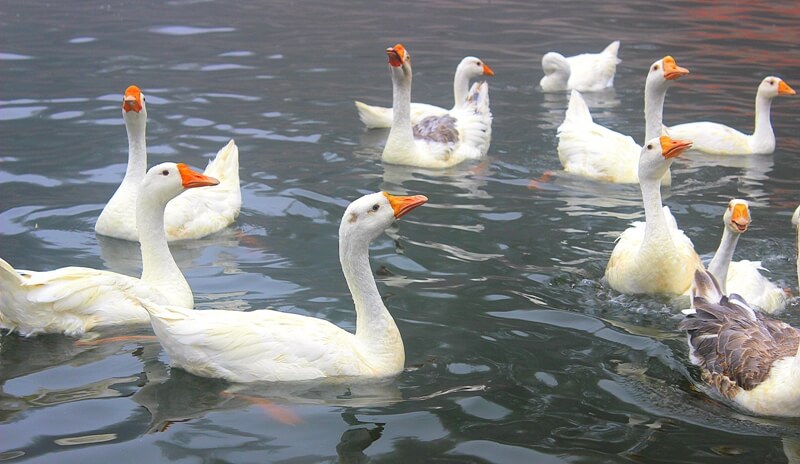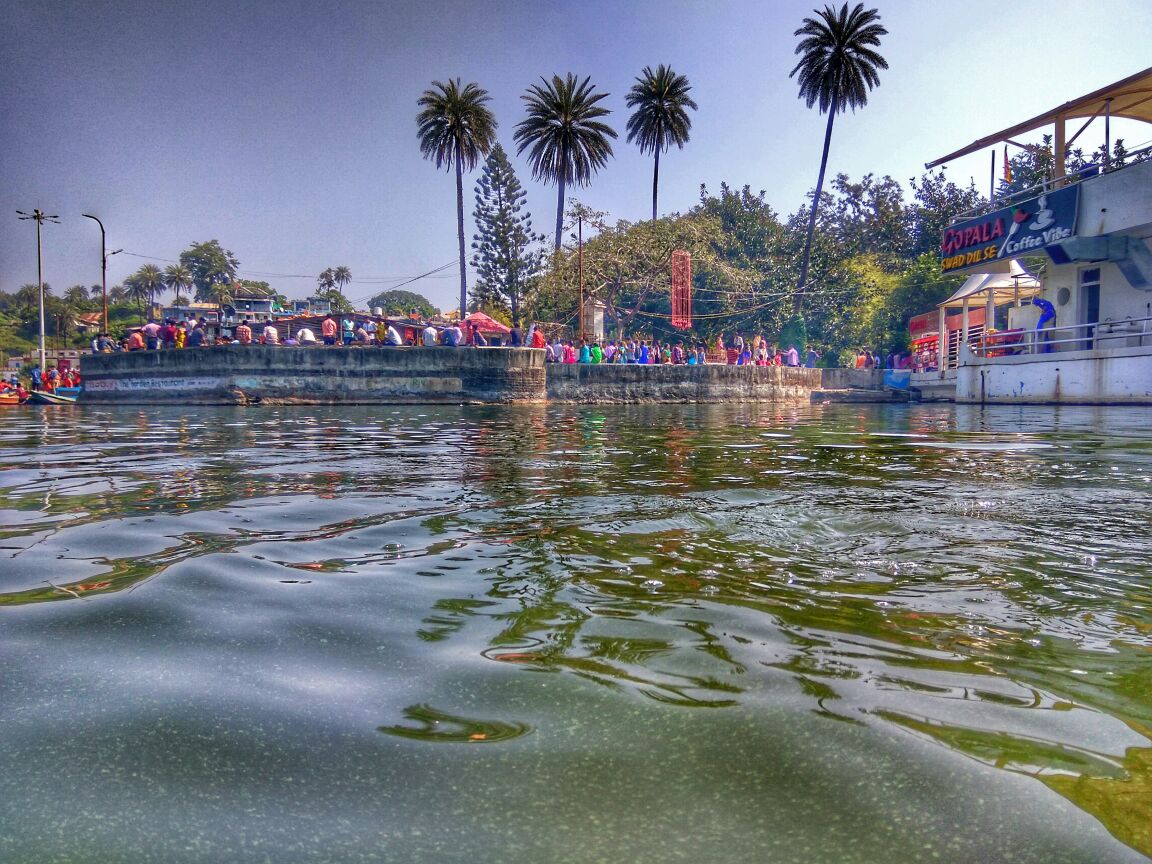I went to the Nakki Lake this morning for my usual walk around the lake. I did this after a gap of a few days because of the recently concluded festival season.
As I started my walk with my husband, I suddenly heard him let out an excited cry. ‘Look! The cormorants (aquatic birds) are back!’, he gushed in excitement. As I scanned the lake to see where the cormorants were, I saw one long neck surface from under the water. And then there were others. I could see a group of about 6 or 8 of them, floating on the lake.
A few months back, I had written about how the cormorants had left, leaving behind two baby cormorants with one adult one, presumably their mother. Today seeing their enhanced numbers, I was pleased and happy. I felt as if I was re-united with some long lost friends.
The one who knows all
Where had the cormorants gone all this while? I wanted to know. I thought I would ask my husband. He had earned the reputation of being the walking encyclopedia in my family, answering very patiently and knowledgeably, all the doubts and queries posed by my inquisitive children when they were young. However, in recent times, he had ceded this place to Google. Now, whenever I asked him anything, he would say, ‘look up in Google. You will find it’. So I decided to do exactly that.
Migratory birds?
My research did not yield much information that interested me. However, I found that these birds were native to North America. Some sources said they were found in Australia as well.
‘Oh my God! Do they really travel all the way from North America to our small little Nakki lake?’, I wondered.
I was reminded of our visit to Nal Sarovar, a bird sanctuary near Ahmadabad. Our guide there had informed us solemnly that the Seagulls travelled all the way from Australia just so that they could eat Gathia, a popular Guajarati savoury. ‘They are used to this food’, he assured us and urged us to buy a packet of gathiya that was being sold nearby and feed some to the birds!
‘If they wanted to migrate to a warmer place, why choose Mount Abu, which often recorded subzero temperatures in the winter months?’, I wondered. ‘If they travelled all the way and back in a matter of a few months, at what tremendous speed they must have travelled, and did they get any rest at all? What was the purpose of it all?’. Questions like these were forming relentlessly in my mind. I even felt a pang of pity for the poor creatures!

The Indian twist
Then I found a site which told me that there was more than one variety of cormorants: The double crested variety, native to North America, was of course one. However, there was another variety, our very own Indian one without the crest.
‘Aha!’, I thought. ‘I have cracked the case! They did not travel that far at all! All they did was migrate to some local place for breeding! And all the while I was wasting my sympathies for nothing!’. I was feeling cheated almost!
Of course, I am only an amateur bird enthusiast, and do not know for sure what variety our cormorants belonged to or where they chose to migrate. But in view of all the arguments I have put forth and also the failure on my part to detect a crest of any kind whatsoever, I arrived at the conclusion that these cormorants could only be of the Indian variety.
As I came to this conclusion, I looked up just in time to see a group of cormorants, swimming superbly, some of them taking off effortlessly from one end of the lake and landing at the other within no time, flapping their wet wings trying to dry them, only to jump headlong into the water to get wet all over again!
I felt a tinge of national pride as I watched a cormorant glide gracefully on the water, and then suddenly dive deep in search of its morning breakfast in the form of fish, molluscs or whatever aquatic food it fancied.
written by Dr. A Shyamala
PC: Kshiteej Kuwar

